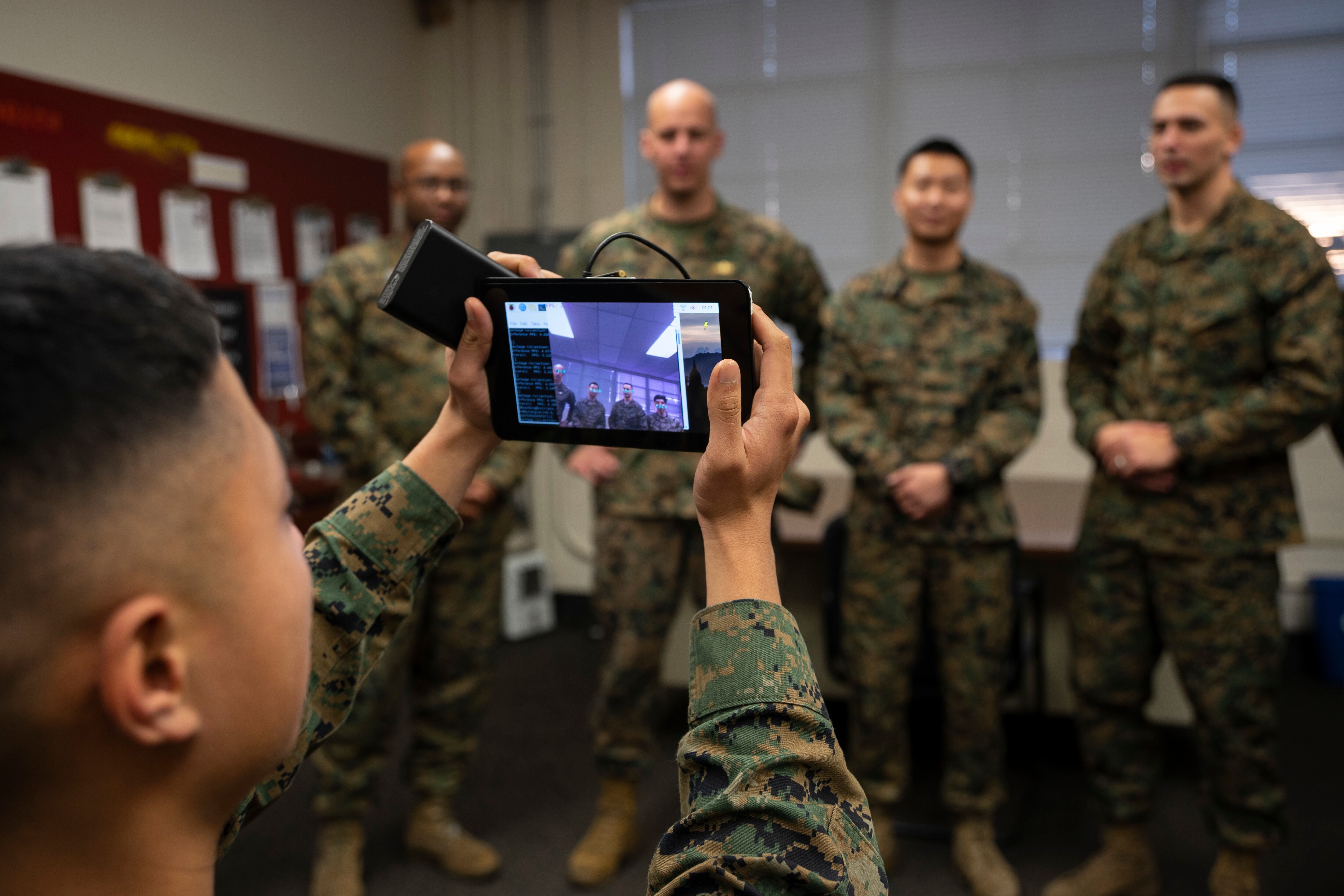“The US government must recognize its proper role in this innovation ecosystem,” Chris Brose of Anduril Industries told Congress on Feb. 5, 2020. “Innovative companies do not need the U.S. government to try to play venture capitalist.”
Katherine Boyle from General Catalyst agreed at a Defense News roundtable: “That’s another core component that I’ve seen from a number of the branches. ‘Oh, we’ll invest alongside of you.’ There’s so much capital — interest rates are so low — we don’t need you to invest. We need contracts.” In other words, government should provide revenue, not equity financing.
The number of government innovation hubs engaging startups has exploded over the last five years. They have used a wide range of vehicles. For example, the Army’s Venture Capital Initiative was chartered to invest in companies alongside venture capitalists. In-Q-Tel represents the venture arm of the intelligence agencies.
But these programs are the exception, not the norm. Most government startup funding comes as revenue. As Air Force acquisition executive William Roper described, the government is an “ideal” investment partner: “Our money is non-dilutive; our company equity requirements, nil.”
The Air Force’s pioneering pitch days seek to organically grow startups into large enterprises. It starts with a $50,000 round one contract that may scale to $1-2 million, which may in turn scale between $3 million and $30 million, or perhaps more. Successful projects are then in line to receive a coveted program of record, likely worth hundreds of millions of dollars over several years.
For years, industry has begged the Pentagon to make big bets on promising startups. Only two firms have reached a $1 billion valuation in the defense market in the last 30 years. If more success stories were available, more venture capitalists would invest in defense startups.
At the same time, if the Pentagon organically grows startups with contracts, then VCs are presented with a problem. Why would startups need them? After all, the Pentagon has long covered all development costs ahead of product launch.
RELATED

“Can you dissect that a little,” asked Rep. Seth Moulton, D-Mass., “the difference between making big bets but also not ‘playing’ VC?”
“When I talk about making big bets,” Chris Brose responded, “I talk about betting on capabilities that have proven to be effective in the kinds of operational experimentation and real-world scenarios that we’re talking about. ... It’s not injecting money into companies in the sense of financing. There’s plenty of money to do that in America.”
Here, Brose hints at the real meaning behind why government shouldn’t play VC. He implies that the Pentagon should have big contract dollars ready for companies that demonstrate a promising product. VCs should make choices about which new technologies or founders get off the ground in the first place.
Implicit in the argument is the idea that private VCs are better at selecting and motivating early-stage companies. As Shield AI founder Ryan Tseng said, “Few people in the world will drive more performance than venture investors ... the standards are incredibly high and the work ethic is outrageous.”
John Tenet of 8VC added: “The DoD should just stop funding startups that are not venture-backed. Create some 1-to-1 matching mechanism.”
Indeed, that’s where the Air Force is moving. It requires private matching in its pitch day contracts. That may weed out companies that have depended on small business being set aside for decades. But it may create a few problems.
First, the unique requirements and sales motions of government means that dual-use companies might not be efficient.
Second, VCs will remain skeptical of financing pure defense startups until after a string of unicorns are made, leaving good companies sidelined.
Third, no one is suggesting that VCs finance the entire development process. When does government come in? What does that imply about fair and reasonable pricing?
Fourth, how will venture-backed startups get access to military users? Cooperative research and development agreements as well as innovative uses of “other transactions” will be required to access user feedback in the early stages.
These challenges can be met. But the concept still requires a major feat. Congress must amend the budget process so that relatively big dollars can be reallocated in the year of execution. That would require something like mission-funded accounts, as opposed to the current two-or-more-year programming cycle.
As Trae Stephens of Founder Fund concluded: “If you can’t figure out this out-of-cycle funding for companies, then you’re just going to get stuck in this multiyear budgeting process that — due to its very nature — is biased toward the integrators that have been playing the game long-term.”
Chris Brose concurred. “We have gone too far as a nation tying the hands of the [Defense] Department. I think greater flexibility for experimentation in current fiscal year is vital.”
Eric Lofgren is a research fellow at the Center for Government Contracting at George Mason University. He manages a blog and podcast on weapon systems acquisition. He previously served as a senior analyst at Technomics Inc., supporting the U.S. Defense Department’s Cost Assessment and Program Evaluation office.







